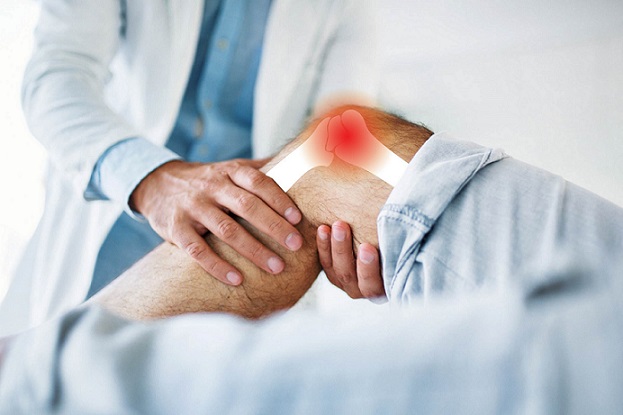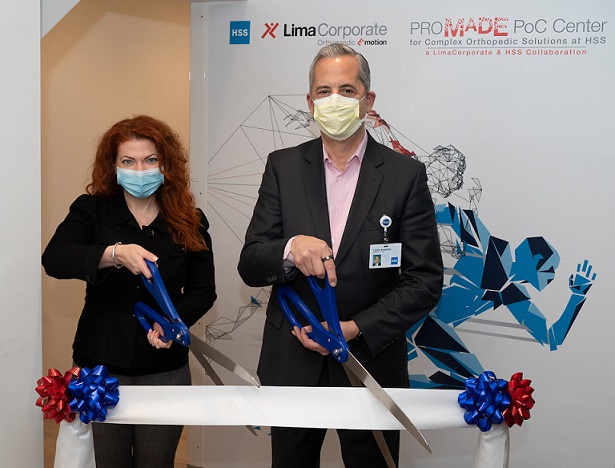Elizabeth Hofheinz, M.P.H., M.Ed.
An average person may look at an electric scooter (e-scooter) and think, “What a charming and practical mode of conveyance!” An orthopedic surgeon, on the other hand, may tend to think, “Fracture alert!”
New work performed at the Division of Orthopedics, Tel-Aviv Sourasky Medical Center in Israel, is the first to highlight e-scooter-related orthopaedic fracture patterns, mechanisms of injury, and management.
The team of researchers performed a retrospective chart review for all e-scooter-related injuries presenting to the ED of a level- I trauma center from May 1, 2017, to February 29, 2020. Both injured riders and pedestrians were included; only patients who were diagnosed with a fracture according to the International Classification of Diseases, Ninth Revision, were included.
Data gathered in the ED were as follows: date and time, ED severity score, trauma bay activation, mechanism of injury, fracture diagnosis (including documentation of open fractures), and any other related injuries. As for followup, the investigators sought out information from electronic medical records, which included hospitalization, length of stay, type of surgical intervention, associated complications, and rates of reoperation at up to one year in the orthopaedic department.
A total of 3,331 e-scooter-related injuries appeared in the ED during the study period; 563 patients with 716 fractures were included in the study. The majority of injuries (35.9%) occurred in patients who presented to the ED in the afternoon (12:00 to 17:59). As might be anticipated, a falling rider was found to be the most common mechanism of injury.
“The lower-limb group had a higher rate of rider injuries due to collision with a vehicle (15.7%) compared with the upper-limb group (4.1%),” wrote the authors. “The lower-limb group had a higher hospitalization rate at 67.1% compared with the upper- limb group at 37.6%. The lower-limb group also had a longer mean length of stay for hospitalized patients at 6.1 days com- pared with the upper-limb group at 1.5 days.”
“The most common associated injuries were head concussions and maxillofacial injuries. Other injuries such as those of the thorax and abdomen were also present. The trauma bay was activated 30 times in total (4.2%), higher in the lower-limb group (6.7%) compared with the upper-limb group (2.8%)…”
Co-author Ittai Shichman, M.D. told OSN: “The important results are the high incidence of complex fracture sustained during electric scooter accidents. High rates of intra-articular upper and lower limb fractures which inflict a tremendous burden both on patients’ quality of life and the healthcare system that unfortunately face a new epidemic.”
“Since our hospital is situated in the heart of the busiest e-scooters metropolitan in the world, we witness these new injuries first-hand, thus enabling us to analyze and categorize their unique mechanisms. Our research team including orthopedic surgeons and emergency medicine physicians continue to study the epidemiology of these fractures and related non-orthopedic injuries.”
Foot position matters
“We recently concluded a paper investigating the effect of the different riding positions and their effect on injury patterns. We already found that the recommended foot behind foot riding position leads to higher rates of fractures. We also run a few other research projects investigating e-scooters related head injuries and unique upper and lower limb fractures and their sequelae.”
“This new epidemic should be taken into consideration in regard to preparedness and resource allocation of medical services. Health care professionals should strive to help with implementation of legislation such as mandatory protection gear use and proper infrastructure such as separated bicycle lanes and age restriction and enforcement.”








